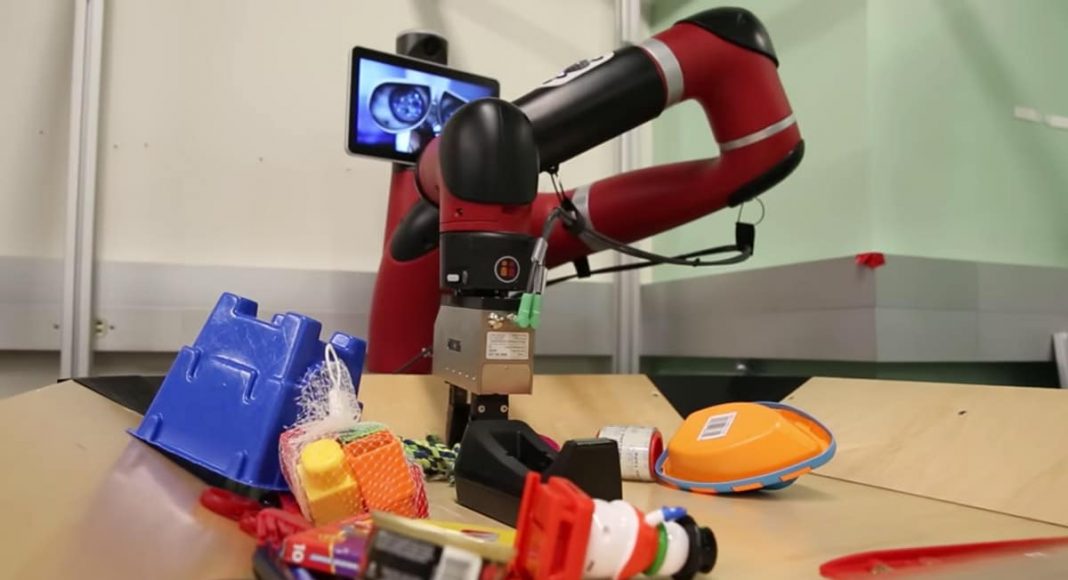Researchers from the University of Berkeley are developing a learning technology that enables robots to imagine the future of their actions. This research is done with the purpose of having robots who are capable of figuring out situations and figuring out complex tasks without the help of a human.
The technology is called visual foresight and is expected to be applied to self driving vehicles and assistant robots at home or at the office, giving them the necessary tools to be independent and reliable. This technology also eliminates the need for the robot to practice out different scenarios or to learn about physics and movements. This visual imagination teaches the robots by having it play with objects on a table, like babies do with their toys, undergoing a process known as motor babbling.
“In the same way that we can imagine how our actions will move the objects in our environment, this method can enable a robot to visualize how different behaviors will affect the world around it. This can enable intelligent planning of highly flexible skills in complex real-world situations.”
The objective of the research is to help robots learn about the environment like children so; by interacting with their surroundings, learning about their “bodies, and about how to tackle each situation individually, doing complex tasks in the meantime.
This new form of AI, even in its rudimentary stages, is an incredible leap forwards for the development of robots and technology.


